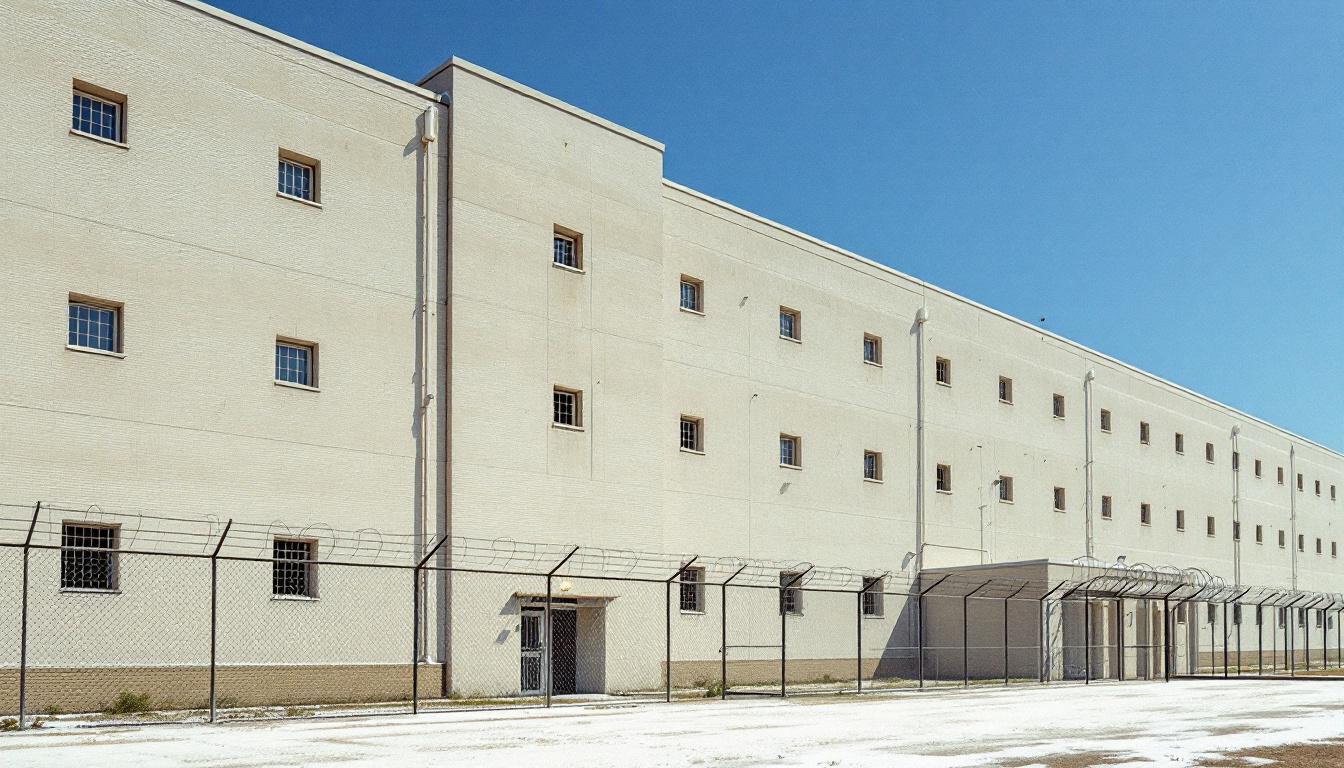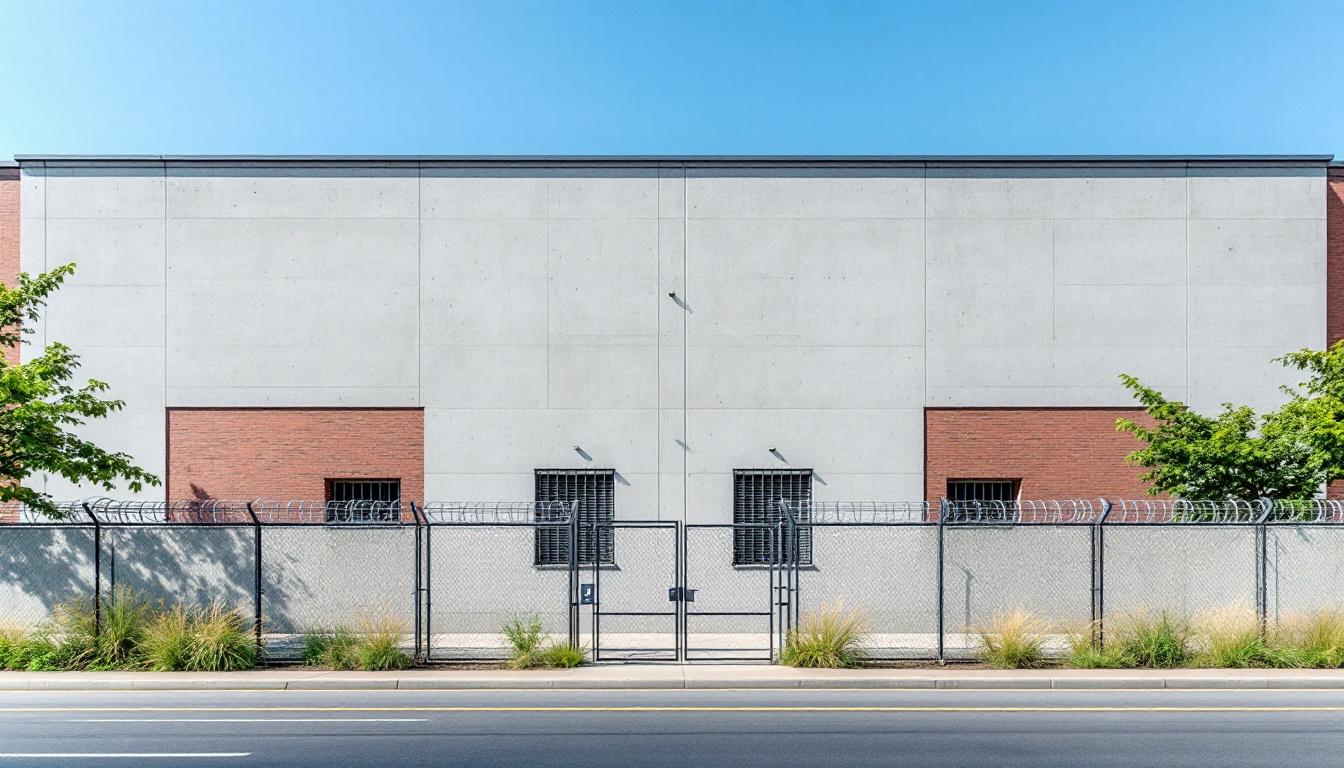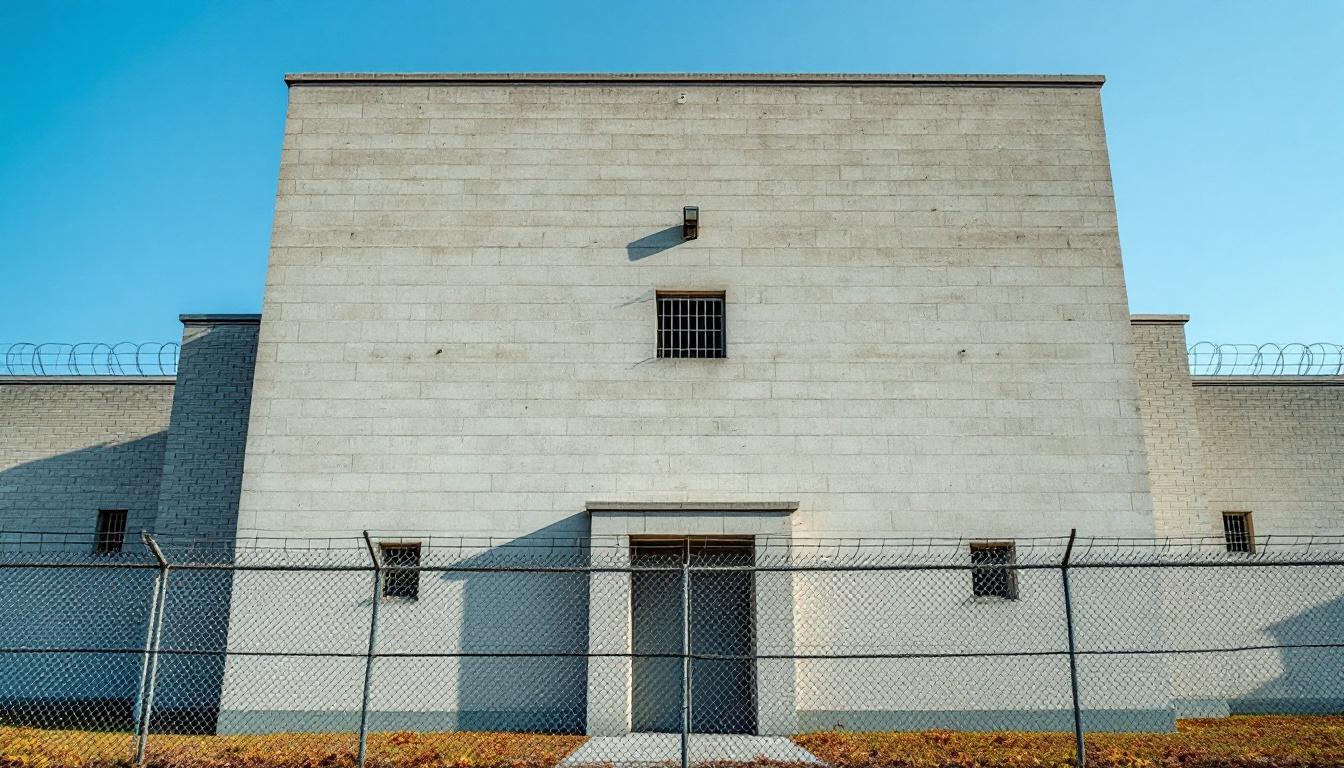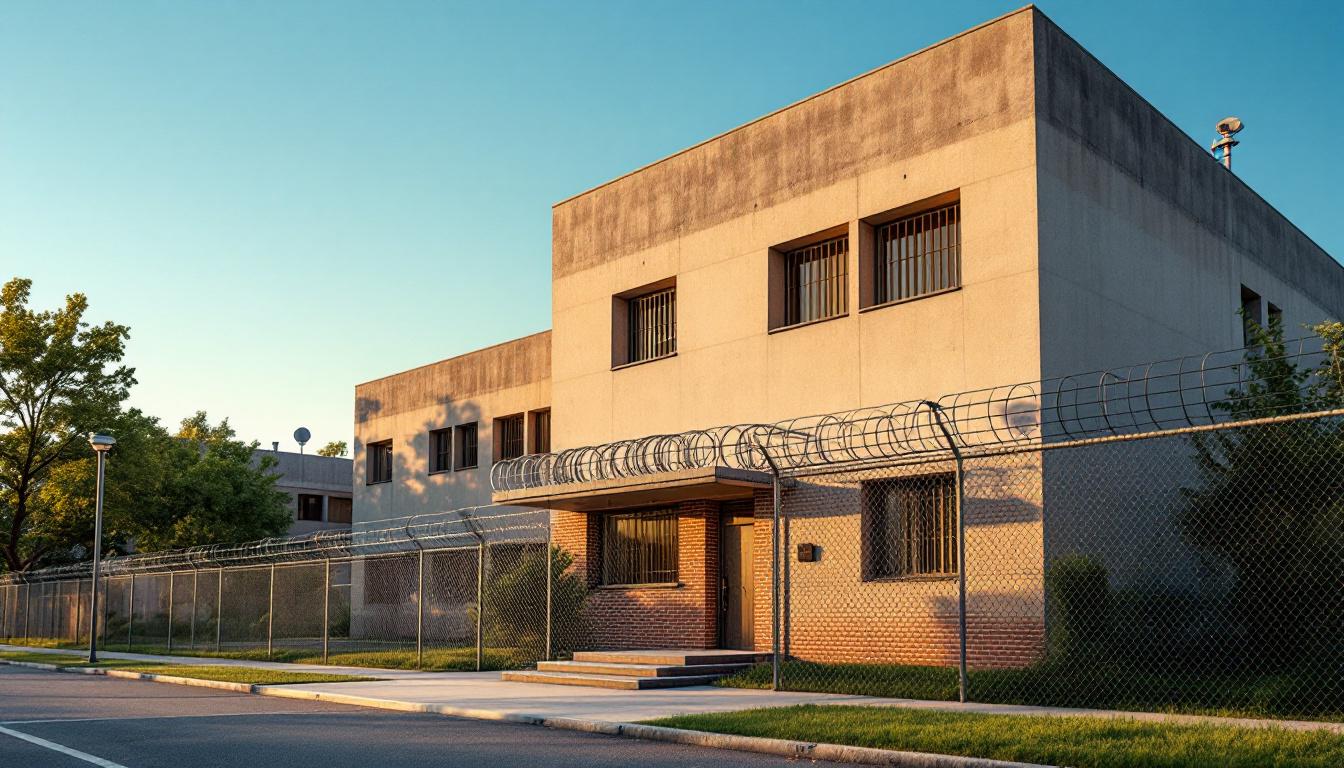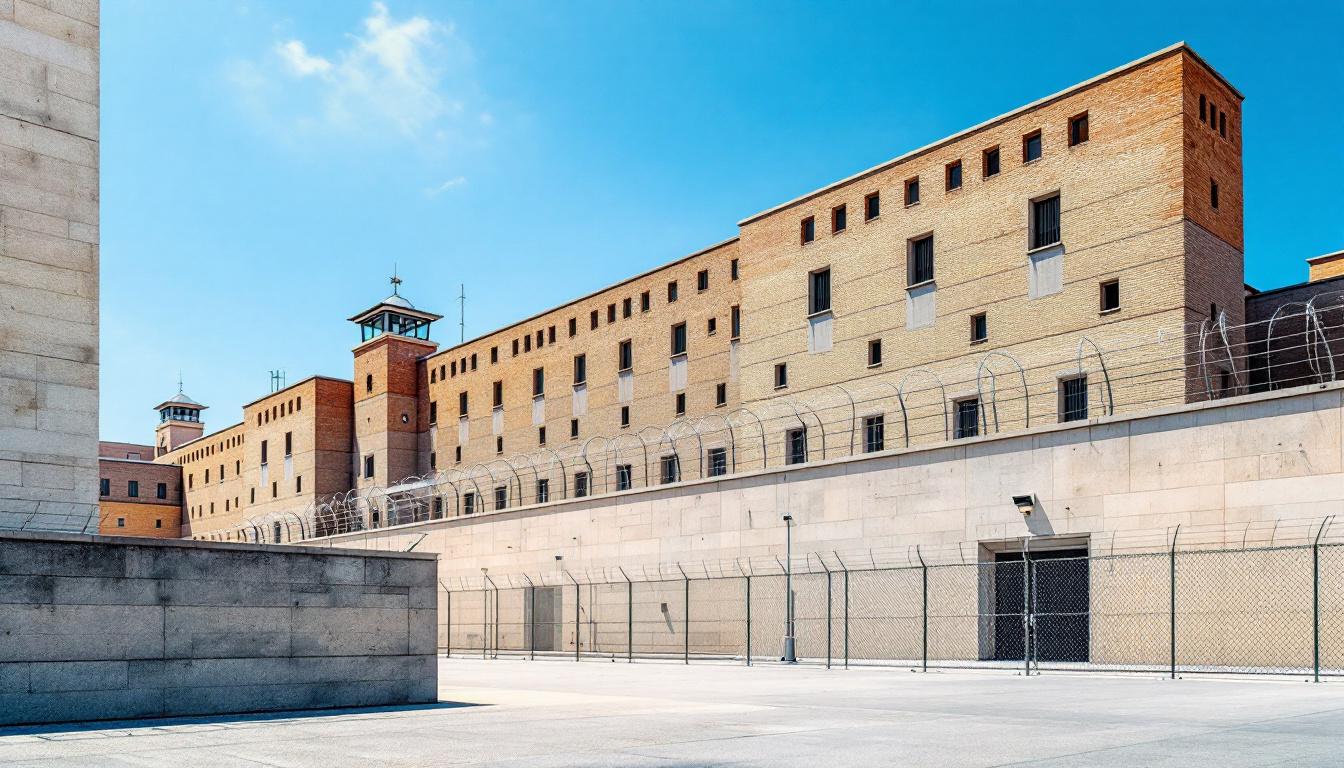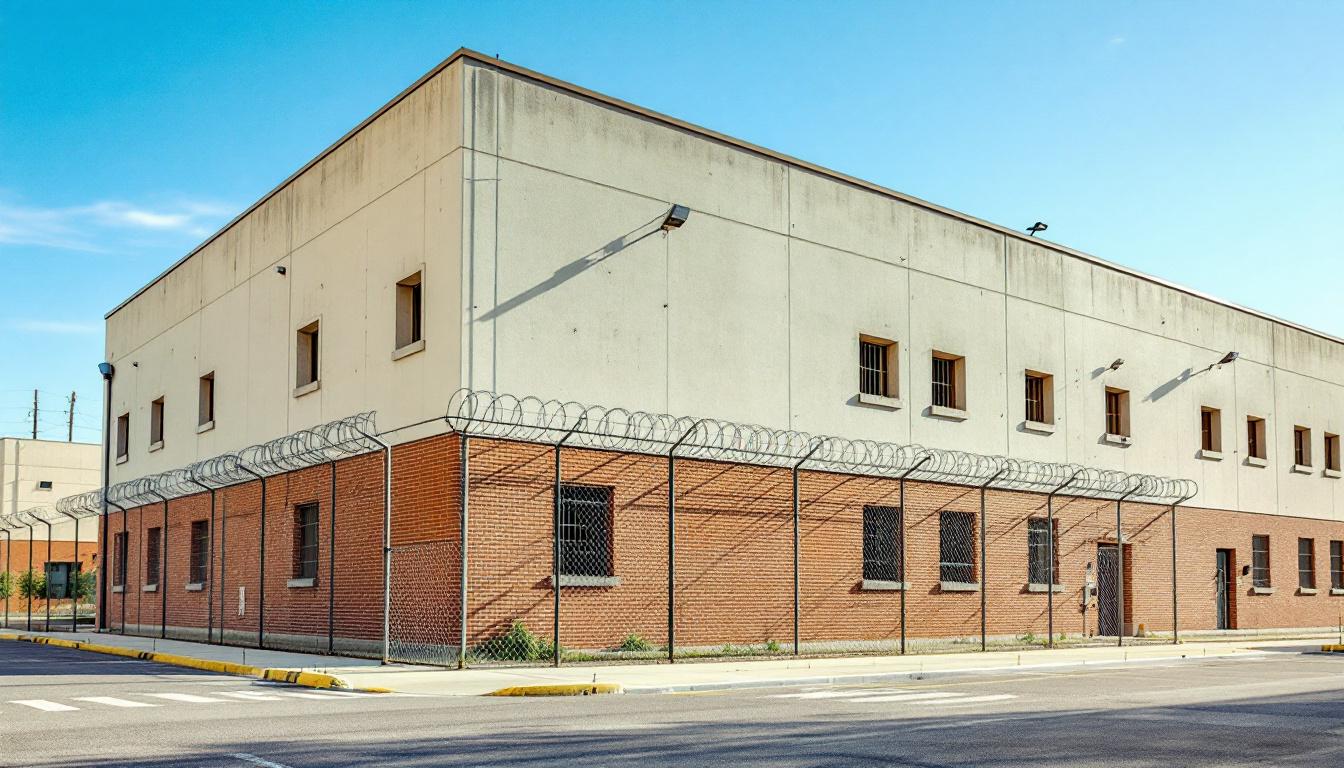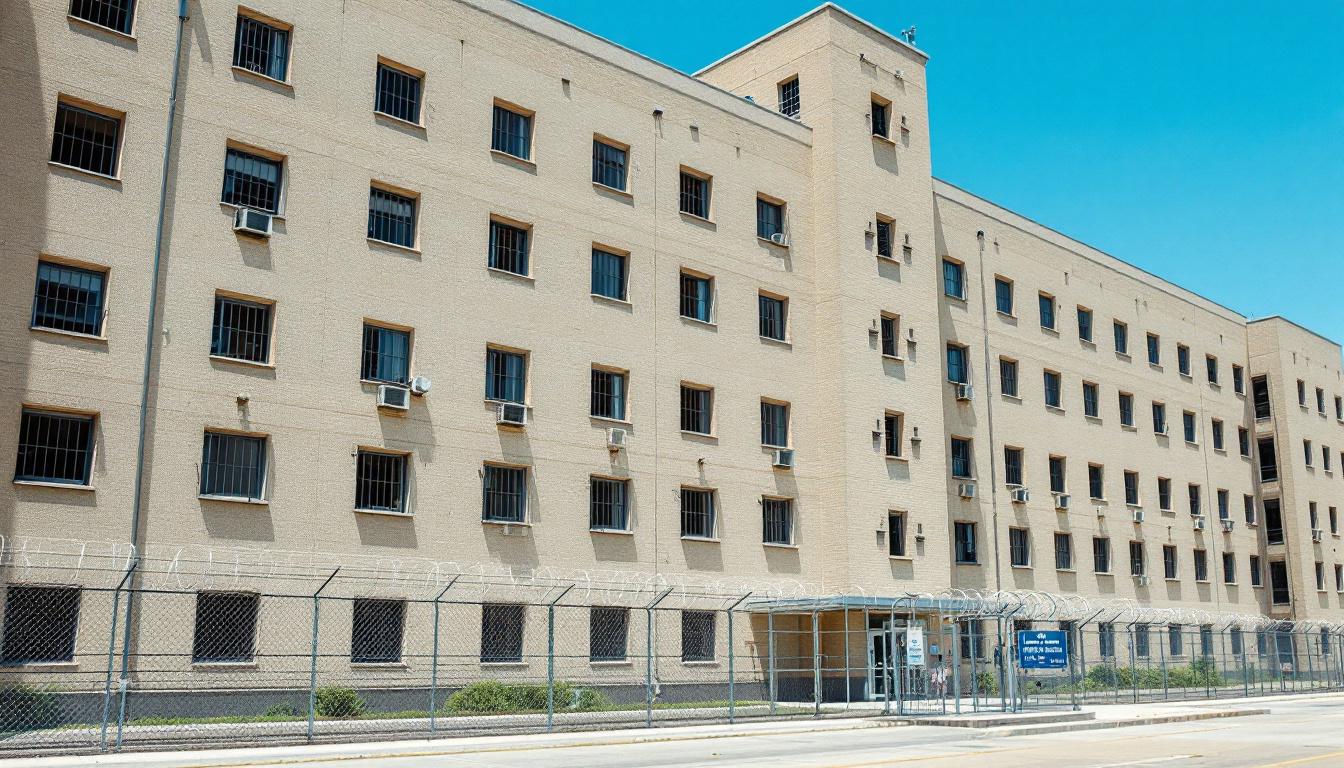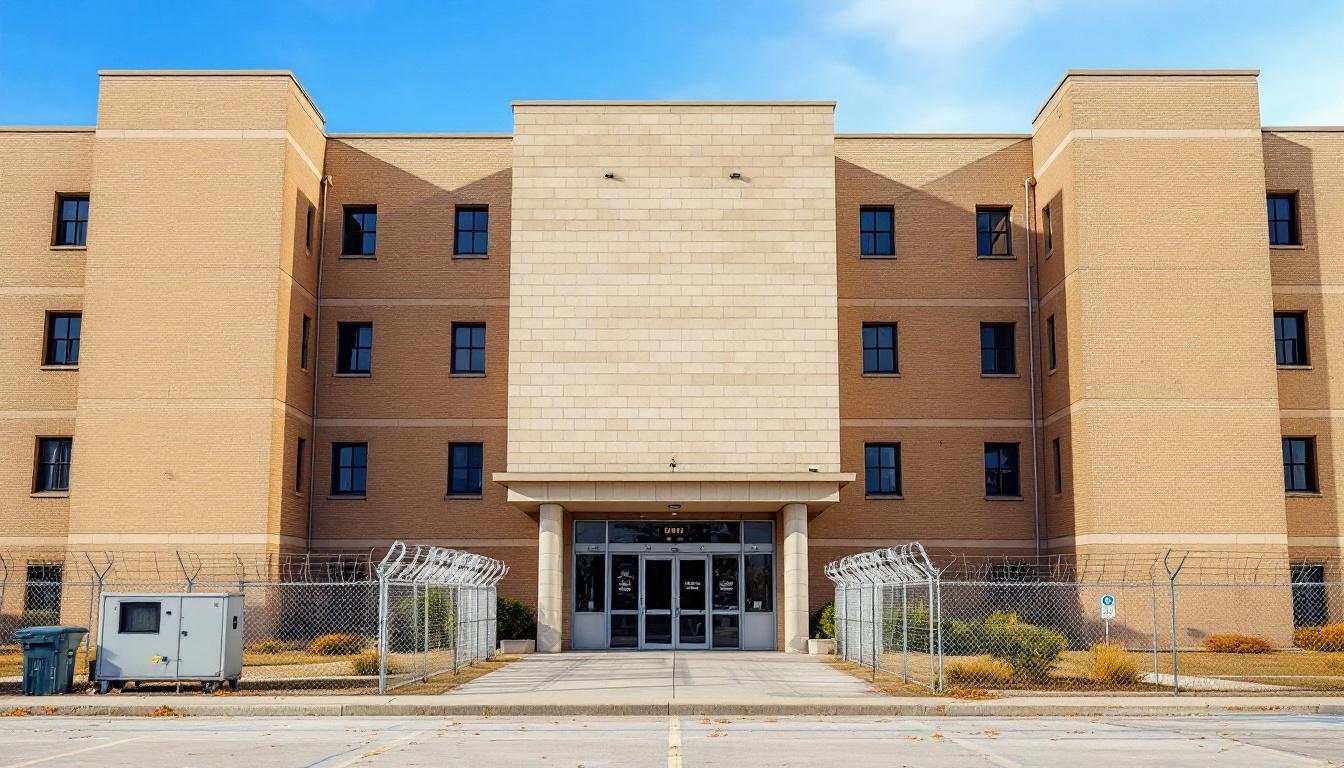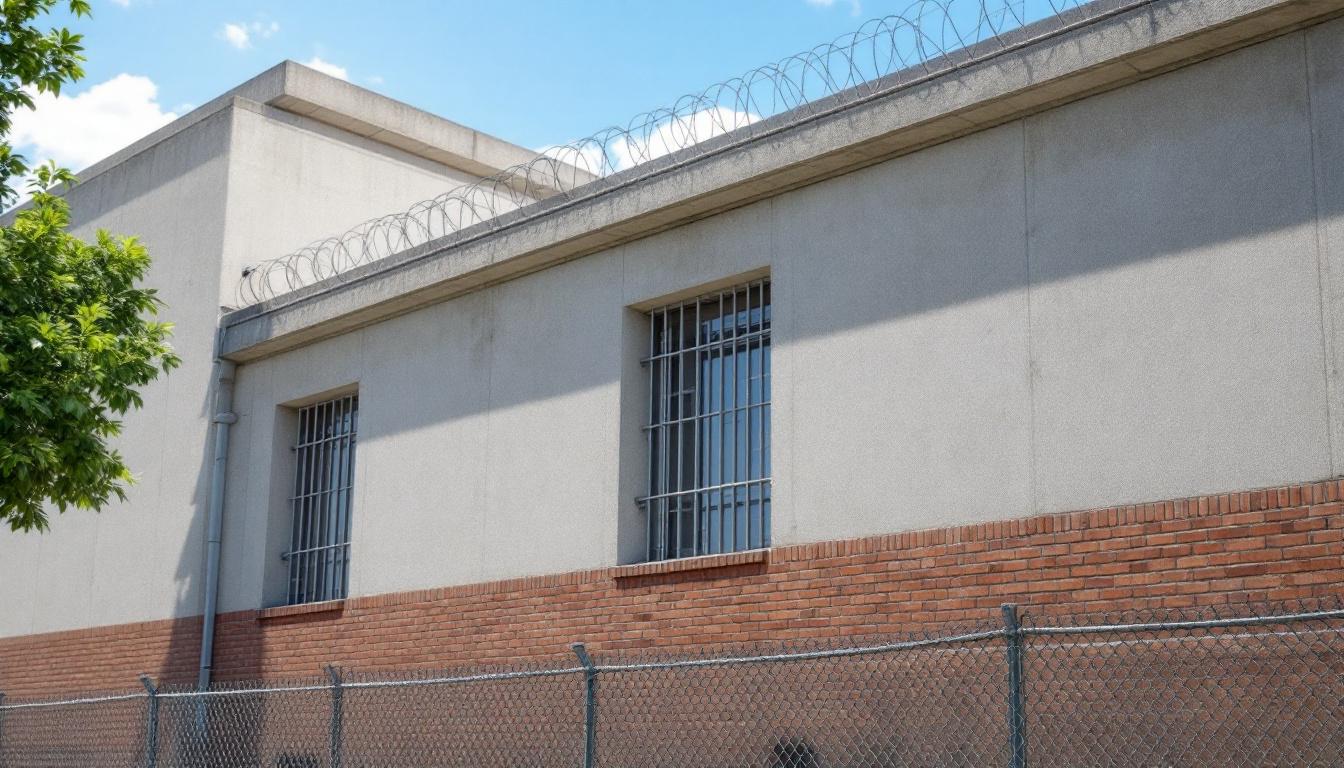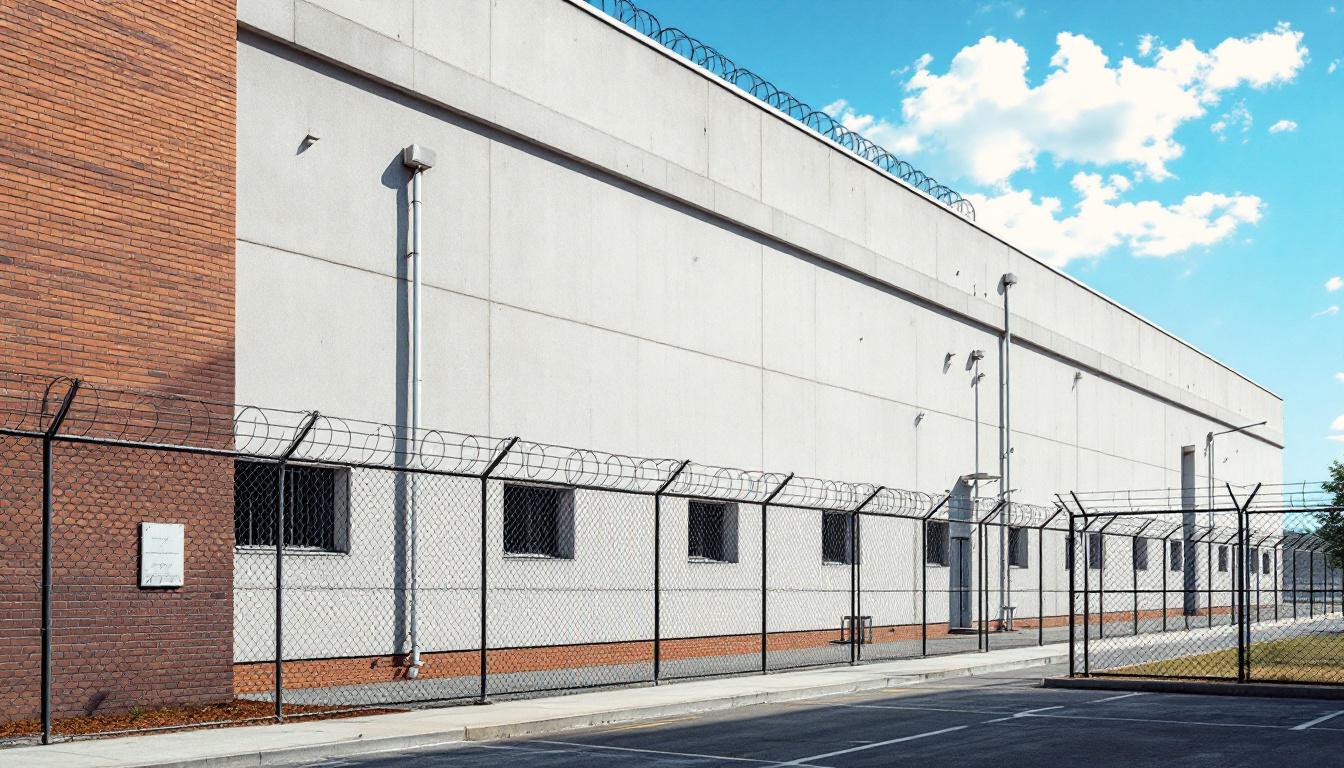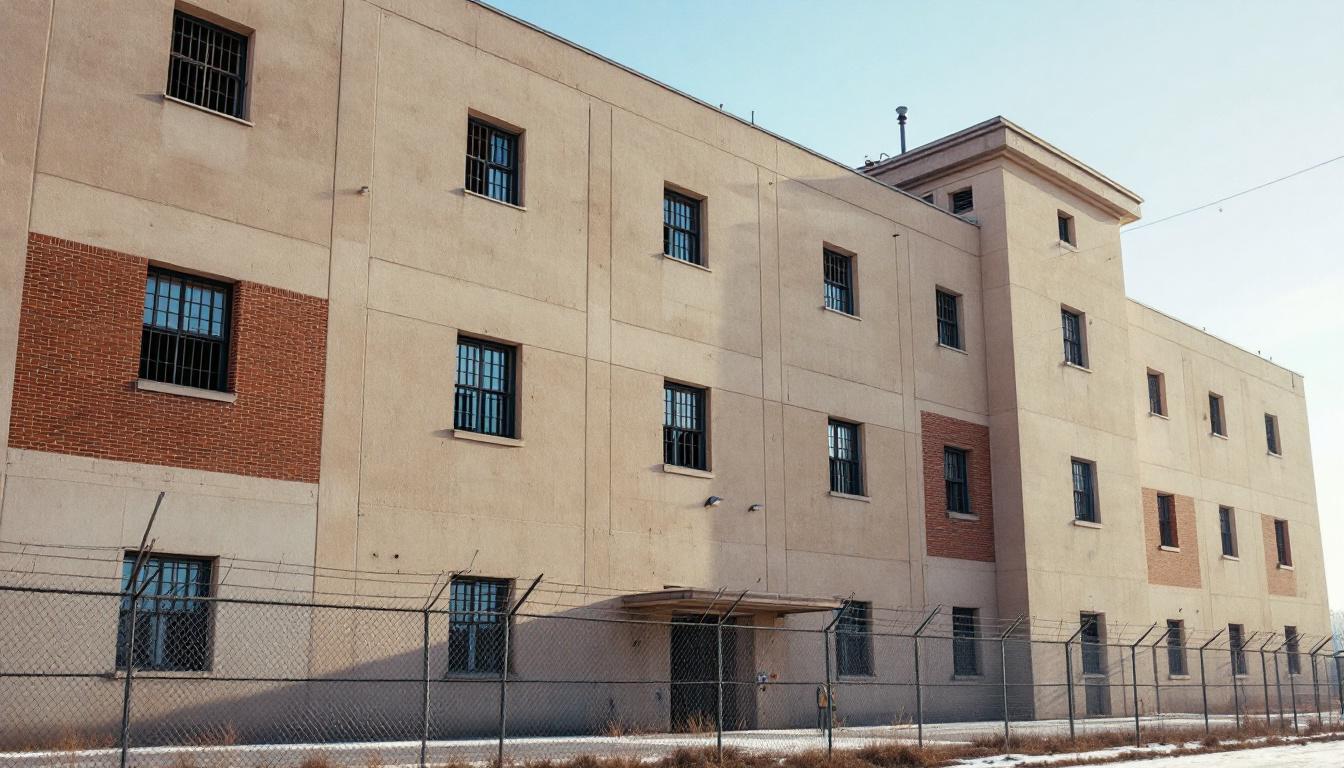
Quick Navigation
How to contact an inmate at Orange County Central Men's Jail
This comprehensive guide will walk you through how to connect with an inmate at Orange County Central Men's Jail. Follow the steps below to find an inmate and send letters and photos:
- Search for the inmate using our search tool below
- Create your account or log in to Penmate
- Write your message (up to 6,000 characters)
- Send instantly - inmates receive printed copies daily
Find an Inmate
Search for an inmate to start communicating today
Tip: You can search by first name, last name, or inmate ID number
To contact a person at Orange County Central Men's Jail start by searching for the person on the official facility website. Perform a search by following these steps:
- Step 1: Enter their first name and last name into the search form and click "Search"
- Step 2: Locate their inmate record
- Step 3: Write down their Inmate ID and any housing information provided
Important! Be sure to enter the person's full name. Nicknames should not be used.
How to Send Messages to Inmates

You can use your phone or computer to send emails, letters, and photos to an inmate. Messages are sent electronically to inmate tablets or kiosks at the facility. If you would like to send a message, start by searching for an inmate at Orange County Central Men's Jail.
Sending Photos and Postcards

A great way to send love and support to a loved one at Orange County Central Men's Jail is to send photos and postcards. It only takes a few minutes to send photos from your phone and it makes a huge difference. You can also mail postcards with words of support and inspiration, or design your own postcard for special moments like birthdays and holidays.
Important! Be sure not to send any explicit photos or they may not be approved by the facility. You can also use a photo printing app like Penmate to make sure your photos are printed at the correct size (4x6 or 3x5) and are mailed according to the rules and regulations of Orange County Central Men's Jail.
Frequently asked questions about Orange County Central Men's Jail
-
How long does it take to deliver a message?
If you're sending an email message your letter is usually delivered within 24-48 hours. For messages sent via mail you should expect delivery within 3-7 days. All messages will need be approved by Orange County Central Men's Jail.
-
How much does it cost to send a message to Orange County Central Men's Jail?
You can send a message free using your phone or mail a message via USPS for the price of a $0.60 stamp and envelope. You can also purchase credits or e-stamps from services starting at $1.99.
-
What services can I use to contact an inmate at Orange County Central Men's Jail?
Penmate
You can use Penmate to send letters and photos to an inmate from your phone. It's an easy way to stay in touch during your loved one's incarceration. Use the inmate locator to find an inmate's location and contact information, then you can send messages within a few minutes.
Securus messaging
Securus may be another option for communicating with an inmate at Orange County Central Men's Jail. You can create a friends and family account and purchase credits to send messages. All messages will be reviewed and must be approved by the facility.
JPay
Some county jails and state prisons may support sending messages with JPay. You must register an account with the system, find your loved one, and purchase stamps to send messages. For some locations you can also attach photos.
Smart Jail Mail
You may also check if Smart Jail Mail is available at Orange County Central Men's Jail. Smart Jail Mail is operated by Smart Communications and has contracted with some state and county jails. After purchasing credits, your messages and photos are sent to the facility, printed out, and then handed out to your loved one.
-
What is the mailing address of Orange County Central Men's Jail?
Mailing address:
Orange County Central Men's Jail
550 N Flower St
Santa Ana, CA 92703
Phone: (714) 647-4666 -
What are the visiting hours at Orange County Central Men's Jail?
Visiting hours at Orange County Central Men's Jail vary by housing unit and security level. Generally, visits are scheduled on weekends and holidays, with some facilities offering weekday visits. Contact the facility directly at (714) 647-4666 or check their website for the current visiting schedule. Visits typically last 30-60 minutes and must be scheduled in advance.
-
What items are prohibited when sending mail to Orange County Central Men's Jail?
Prohibited items typically include: cash, personal checks, stamps, stickers, glitter, glue, tape, staples, paperclips, polaroid photos, musical or blank greeting cards, hardcover books, magazines with staples, and any items containing metal or electronics. Only send letters on plain white paper with blue or black ink. Photos must be printed on regular photo paper (no Polaroids). Always check with Orange County Central Men's Jail for their specific mail policies.
-
How do I send money to an inmate at Orange County Central Men's Jail?
You can send money to an inmate at Orange County Central Men's Jail through several methods: 1) Online using JPay, Access Corrections, or the facility's approved vendor, 2) Money orders mailed directly to the facility with the inmate's name and ID number, 3) Kiosks located in the facility lobby, or 4) Over the phone using a credit or debit card. Fees vary by method, typically ranging from $2.95 to $11.95 per transaction.
-
Can I schedule a video visit with an inmate at Orange County Central Men's Jail?
Many facilities now offer video visitation as an alternative to in-person visits. At Orange County Central Men's Jail, video visits may be available through services like Penmate, Securus Video Connect, GTL, or ICSolutions. Video visits typically cost $10-20 for 20-30 minutes and must be scheduled in advance. You'll need a computer or smartphone with a camera and reliable internet connection. Contact the facility for their specific video visitation policies and approved vendors.
-
What identification do I need to visit an inmate at Orange County Central Men's Jail?
All visitors must present valid government-issued photo identification such as a driver's license, state ID, passport, or military ID. Minors must be accompanied by a parent or legal guardian who can provide the minor's birth certificate. Some facilities require visitors to be on the inmate's approved visitation list, which may require a background check. Contact Orange County Central Men's Jail for specific ID requirements and visitor approval procedures.
-
How can I find out an inmate's release date?
To find an inmate's release date at Orange County Central Men's Jail, you can: 1) Use the online inmate search tool if available, 2) Call the facility's records department, 3) Contact the inmate's case manager or counselor, or 4) Have the inmate provide this information during a call or visit. For privacy reasons, some facilities only release this information to immediate family members.
Facility Overview
Contact Information
Orange County Central Men's Jail550 N Flower St
Santa Ana, CA 92703
Phone: (714) 647-4666
Official Website

About Orange County Central Men's Jail
Nestled within the urban landscape of Orange, California, this youth detention facility operates as a cornerstone of the county’s juvenile justice system, processing cases and providing structured environments for young individuals navigating the legal system. Orange County Juvenile Hall, CA serves as both a secure holding facility and a rehabilitative center, where the complex journey from detention through potential reintegration begins to unfold through carefully structured daily routines and intervention programs.
The facility typically emphasizes educational continuity and behavioral development as foundational elements of its approach to working with detained youth. Residents services may include academic instruction that aligns with state educational standards, counseling programs designed to address underlying issues, and life skills training that prepares young people for eventual community reentry. This CA correctional facility generally maintains partnerships with various community organizations and service providers, creating pathways that extend beyond the facility’s walls to support long-term positive outcomes for youth and their families.
Through its position within Orange’s broader network of social services and juvenile justice resources, the facility often coordinates with local schools, mental health providers, and family support organizations to create comprehensive reintegration plans. The rehabilitation process typically involves regular assessments, family engagement opportunities when appropriate, and connections to community-based programs that may continue supporting youth after their release, reflecting the Pacific region’s broader emphasis on restorative justice approaches in juvenile corrections.
Programs & Services
Comprehensive rehabilitation initiatives at Orange County Juvenile Hall focus on addressing the underlying factors that contribute to juvenile justice involvement through evidence-based approaches. The facility typically emphasizes skill-building and personal development, recognizing that young residents benefit most from structured opportunities that build confidence and prepare them for successful community reintegration. These initiatives often include individualized planning that considers each resident’s specific needs, interests, and circumstances.
Educational initiatives may deliver academic instruction designed to help residents maintain or advance their learning while in custody. The facility often includes classroom-based instruction that covers core subjects, allowing residents to work toward high school completion or equivalent credentials. Additionally, vocational training initiatives typically provide hands-on learning experiences in various trade areas, which may include construction basics, culinary arts preparation, or automotive maintenance fundamentals. These skill-building opportunities often focus on developing marketable abilities that can support future employment prospects.
Support services and therapeutic initiatives typically encompass a range of specialized interventions designed to address individual challenges and promote positive behavioral changes. Rehabilitation programs may deliver counseling services, substance abuse education, and anger management training tailored to juvenile participants. Additionally, creative writing initiatives often provide residents with expressive outlets that can help process experiences and develop communication skills. The facility may also offer veteran services for residents from military families, recognizing the comprehensive circumstances that can affect youth in these situations.
Daily Life & Visitation
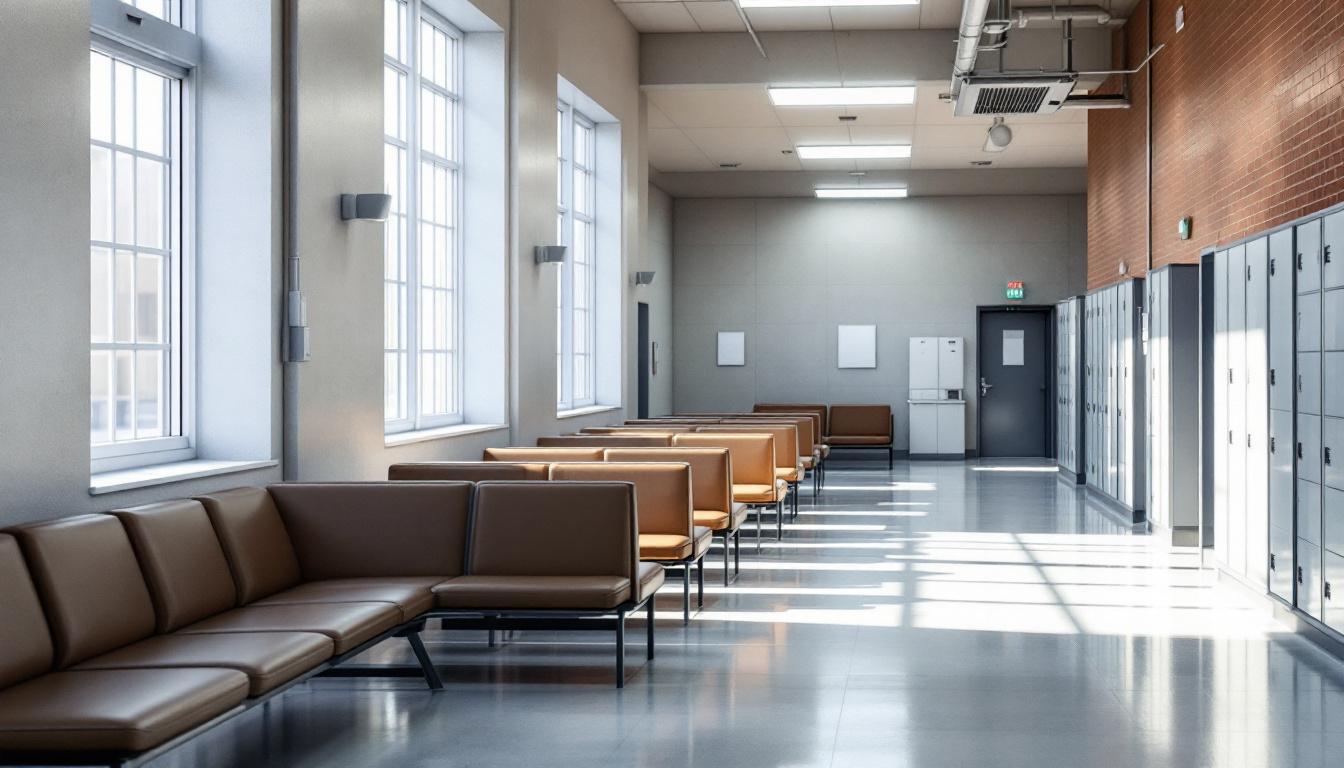
Structure forms the backbone of each day, with consistent routines that help residents adapt to their environment and maintain stability during their stay. Today typically begins with early morning wake-up calls, followed by personal hygiene time and room inspections. Meals are served at regular intervals throughout the day, generally including breakfast, lunch, and dinner in designated dining areas where residents sit with their housing units. Educational programming usually occupies a significant portion of the daily schedule, with age-appropriate academic classes and vocational training opportunities designed to support continued learning.
Additionally, living accommodations are organized into housing units that may include dormitory-style rooms or individual cells, depending on the resident’s classification and needs. Personal belongings are typically limited to essential items, though residents can often access approved items through the commissary system. Recreation and exercise periods are generally scheduled daily, providing opportunities for physical activity in outdoor yards or indoor recreational spaces. While security procedures are maintained throughout the facility, staff members work to deliver structure through clear expectations and consistent daily routines.
Programs and activities often include counseling services, life skills training, and various therapeutic interventions tailored to younger residents. Family connections remain important, with visitation policies that typically allow scheduled visits from approved family members and friends. Communication options may include monitored phone calls and correspondence, helping residents maintain contact with their support systems. These elements work together to create an environment where routine delivers stability, helping young people navigate their time in the facility while working toward positive outcomes for their future.
Ready to Connect?
Start communicating with your loved one today
Search for an Inmate
